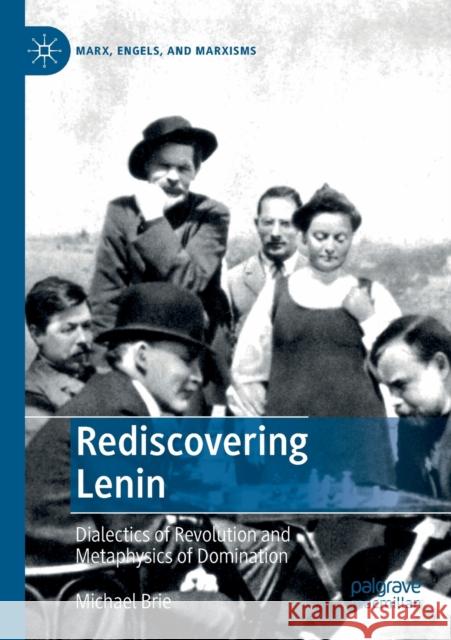Rediscovering Lenin: Dialectics of Revolution and Metaphysics of Domination » książka
topmenu
Rediscovering Lenin: Dialectics of Revolution and Metaphysics of Domination
ISBN-13: 9783030233297 / Angielski / Miękka / 2020 / 197 str.
Rediscovering Lenin: Dialectics of Revolution and Metaphysics of Domination
ISBN-13: 9783030233297 / Angielski / Miękka / 2020 / 197 str.
cena 301,18
(netto: 286,84 VAT: 5%)
Najniższa cena z 30 dni: 289,13
(netto: 286,84 VAT: 5%)
Najniższa cena z 30 dni: 289,13
Termin realizacji zamówienia:
ok. 22 dni roboczych
Dostawa w 2026 r.
ok. 22 dni roboczych
Dostawa w 2026 r.
Darmowa dostawa!
Kategorie BISAC:
Wydawca:
Palgrave MacMillan
Seria wydawnicza:
Język:
Angielski
ISBN-13:
9783030233297
Rok wydania:
2020
Wydanie:
2019
Numer serii:
000766862
Ilość stron:
197
Waga:
0.27 kg
Wymiary:
21.01 x 14.81 x 1.17
Oprawa:
Miękka
Wolumenów:
01
Dodatkowe informacje:
Wydanie ilustrowane











